
How Can Hospital Beds Help People with Cerebral Palsy?
2024-10-18 15:30
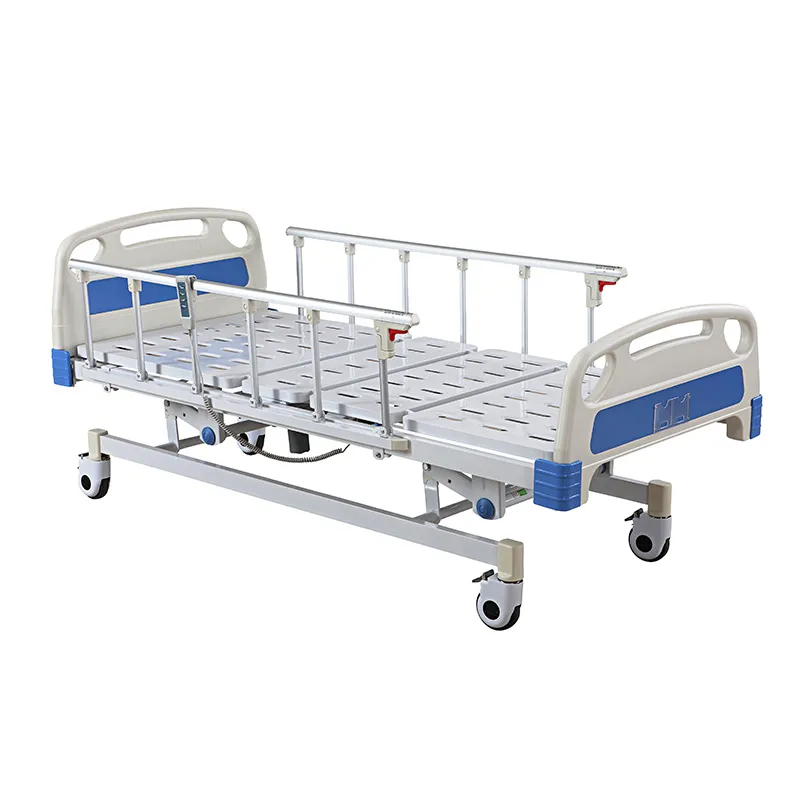
Hospital beds are often seen as tools for providing basic care and comfort, but for some special groups of patients, they are much more than that. People with cerebral palsy are one of them. Due to the complex physical conditions of people with cerebral palsy, hospital beds play a vital role in their care.
This article will take a closer look at what cerebral palsy is, what causes it, and how hospital beds play a key role in the lives of these patients.
What Is Cerebral Palsy?
Cerebral palsy, or cerebral palsy, is a neurological disorder caused by non-progressive brain damage. It usually appears in infancy or early childhood and mainly affects the patient's ability to move, coordinate, and control posture. The manifestations of cerebral palsy vary from mild motor impairment to severe physical disability. Some patients may have only mild difficulty walking, while others may be completely dependent on a wheelchair.
The symptoms of cerebral palsy vary from patient to patient, and common symptoms include muscle tension, uncoordinated movements, abnormal posture, trembling hands and feet, and intellectual disabilities. In addition, people with cerebral palsy often have other disabilities such as language, vision, and hearing, making their daily lives challenging.
What Causes Cerebral Palsy?
The causes of cerebral palsy can usually be traced back to certain events or conditions before, during, or shortly after birth. Here are some of the main risk factors and causes:
Causes before birth
● Abnormal brain development: During fetal development, brain structures may develop abnormally due to genetic mutations, infections, or other reasons, leading to cerebral palsy.
● Maternal health problems: Certain infections (such as rubella, toxoplasmosis, etc.) or severe malnutrition, drug abuse, etc. during pregnancy may also affect the fetal brain development.
Causes during birth
● Hypoxia: During delivery, if the baby's brain is in a state of hypoxia for a long time, it may cause brain damage, which in turn causes cerebral palsy.
● Difficult labor: Prolonged difficult labor may cause pressure on the baby's brain, increasing the risk of brain damage.
Causes after birth
● Brain infection: If a baby suffers from a serious infection such as meningitis or encephalitis shortly after birth, it may cause cerebral palsy.
● Head trauma: Severe head trauma in infancy can also cause brain damage and become one of the causes of cerebral palsy.
Although the above reasons can explain most cases of cerebral palsy, in some cases, the exact cause of cerebral palsy remains unknown. Researchers believe that the occurrence of cerebral palsy is usually the result of a combination of factors, rather than just a single cause.
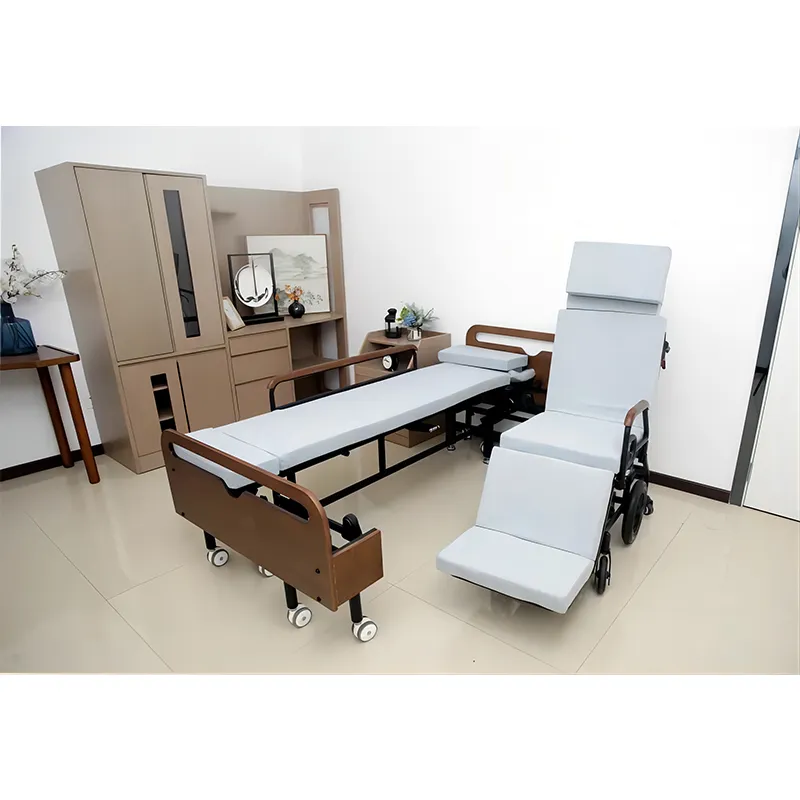
Is there a Cure for Cerebral Palsy?
Currently, there is no cure for cerebral palsy. Since cerebral palsy is caused by non-progressive brain damage, this means that once the brain damage occurs, it cannot be completely reversed by medication or surgery. However, although cerebral palsy cannot be cured, the quality of life of patients can be significantly improved through early intervention, physical therapy, occupational therapy, and other supportive measures.
Treatments and interventions
●Physical therapy: By strengthening muscles and improving motor coordination, physical therapy can help people with cerebral palsy to carry out daily activities as independently as possible.
●Occupational therapy: Occupational therapists can help patients learn and master life skills to improve their ability to live independently.
●Speech therapy: For people with cerebral palsy who have difficulty speaking and communicating, speech therapy can help them express themselves more effectively.
●Surgery: In some severe cases, surgery may be used to relieve muscle tension or correct bone and joint deformities.
Although these treatments and interventions cannot cure cerebral palsy, they can help patients maximize their potential and improve their quality of life.
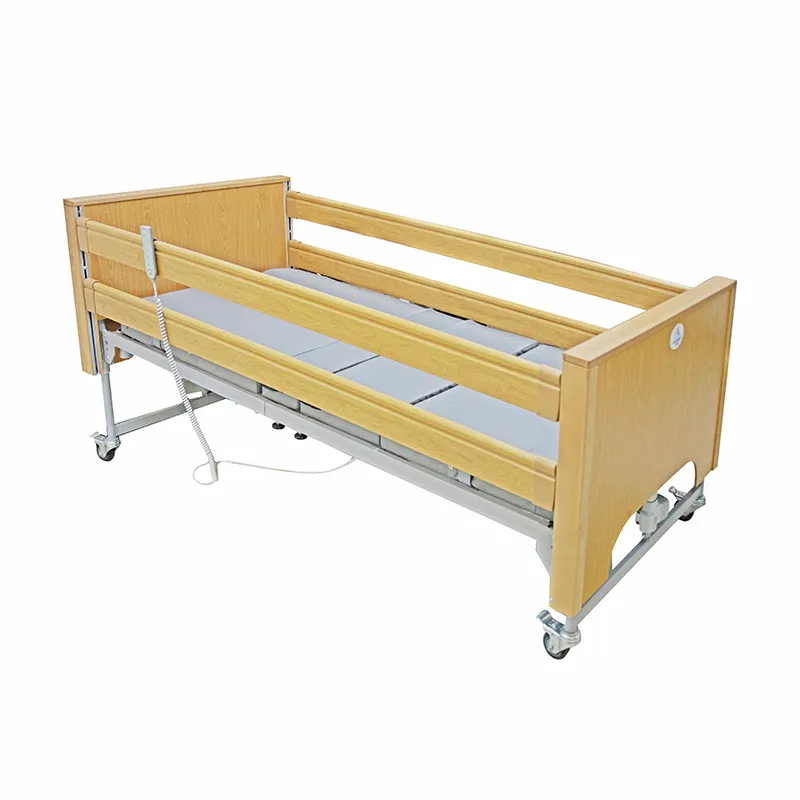
How Can Hospital Beds Help Patients with Cerebral Palsy?
Because patients with cerebral palsy often have muscle tension and movement disorders, they may have difficulty finding a comfortable position in an ordinary bed. Hospital beds are usually equipped with a multi-functional adjustment system to help patients find the most comfortable position when sleeping, resting or undergoing treatment. By adjusting the height of the bed, the angle of the head and feet, patients can avoid the discomfort and risk of pressure sores caused by maintaining the same position for a long time.
Reduce the burden of care. Caregivers who care for patients with cerebral palsy often face great physical and psychological pressure. The electric adjustment function of hospital beds can make it easier for caregivers to turn patients over, bathe them, change bed sheets, and other care tasks, thereby reducing physical strain. In addition, the side rails and other safety devices of the bed can prevent patients from accidentally falling out of bed while sleeping, providing additional safety protection.
Auxiliary treatment. Patients with cerebral palsy may need to receive various physical therapies or other forms of rehabilitation training on a regular basis. The adjustable function of hospital beds can help patients better cooperate with the therapist's operation. For example, when doing muscle stretching, massage or other treatments, the bed can be adjusted to the best angle, thereby improving the treatment effect.
Improve sleep quality. Due to muscle tension and posture problems, people with cerebral palsy may have difficulty getting a good night's sleep. The adjustable function of hospital beds can help them find a more comfortable sleeping position, thereby reducing the number of times they wake up at night and improving overall sleep quality. This is very important for the patient's physical and mental health, because adequate sleep helps to reduce muscle tension and improve energy and concentration for daytime activities.
In Addition to Hospital Beds, Are there Other Equipment that Can Help?
Although hospital beds play an important role in the care of people with cerebral palsy, there are many other equipment that can further help them improve their quality of life. Here are some common assistive devices:
Wheelchairs
Wheelchairs are an essential means of mobility for many people with cerebral palsy. Modern wheelchairs are of various types, including manual wheelchairs and electric wheelchairs, and patients can choose the most suitable model according to their needs. Electric wheelchairs are particularly suitable for patients who cannot use manual wheelchairs because they can be easily operated with a joystick or other control device.
Walkers
Walkers are an effective assistive tool for those people with cerebral palsy who are able to partially walk. Walkers can help patients maintain balance and provide extra support, allowing them to perform daily activities more independently.
Standing Frames
A standing frame is a device designed specifically for patients who are unable to stand on their own. It supports the patient's body so that they can stand safely. This is essential for maintaining bone and muscle health and can help prevent complications caused by long periods of bed rest.
Communication Assistive Devices
Since people with CP may have language and communication difficulties, modern technology provides a variety of communication assistive devices. These devices can help patients communicate with others through text, icons, or voice output, thereby improving their social skills and self-confidence.
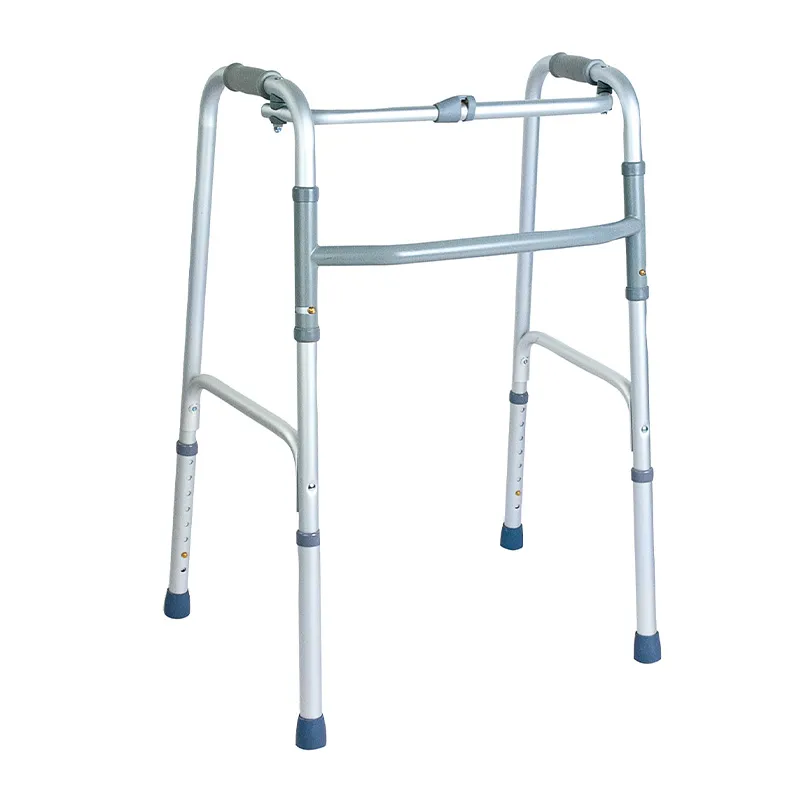
How Do People with CP Fall Asleep?
Sleep is particularly important for people with CP because they often need more time to recover. However, people with CP may face difficulties falling asleep due to muscle tension, poor posture, and other issues.
Establishing a regular sleep schedule can help people with CP adjust their bodies to rest at night. Going to bed and getting up at the same time every day can help their body clocks remain stable, making it easier to fall asleep. It is also very important to create a quiet, comfortable sleeping environment for patients. This includes regulating the room's temperature, reducing noise and light disturbances, and ensuring the bed is comfortable. Adjustable features in hospital beds can further help patients find the most comfortable sleeping position, which can reduce discomfort.
In addition, some people with cerebral palsy may need additional assistive devices to help them sleep. For example, specially made pillows or mattresses can provide extra support and help relieve muscle tension. For severe sleep problems, doctors may recommend sleep aids or other treatments.
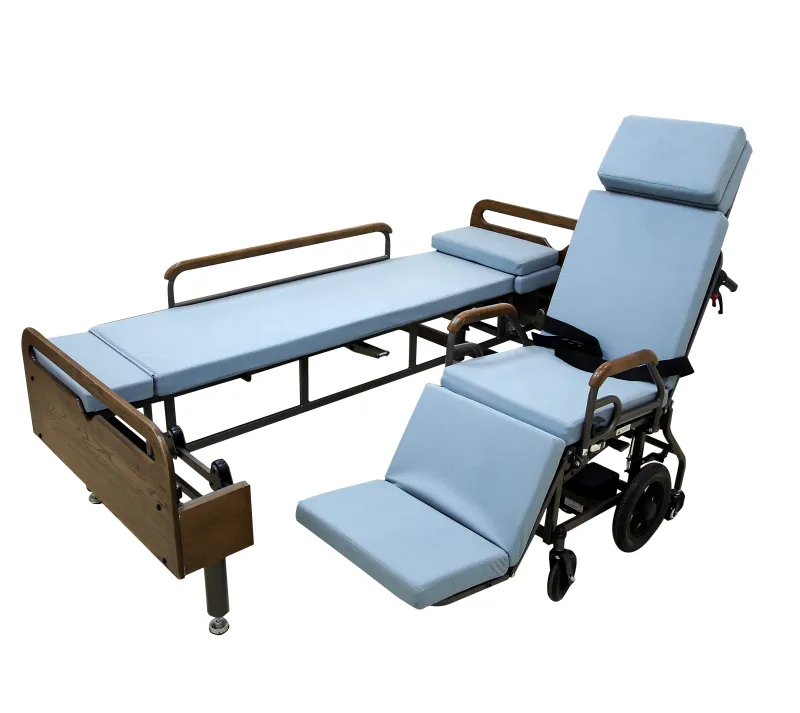
How Much Sleep Do People with Cerebral Palsy Need?
The sleep needs of people with cerebral palsy vary from person to person and often depend on their specific symptoms and the amount of daily activity they have. In general, adults with cerebral palsy need a similar amount of sleep as the average adult, which is 7 to 9 hours per night. However, due to muscle tension and other issues, some patients may need longer rest periods to recover.
For children with cerebral palsy, sleep needs are generally higher. Toddlers typically need 12 to 14 hours of sleep, while school-age children need 9 to 11 hours. Ensuring adequate sleep is essential for their growth and development and daily life.
What Is the Best Treatment for Cerebral Palsy?
Because there is no cure for cerebral palsy, treatment focuses on improving the patient's quality of life and functional independence. Starting intervention as early as possible is essential for the recovery of people with cerebral palsy. Early intervention programs usually include physical therapy, occupational therapy, speech therapy, and behavioral therapy, which are designed to help children develop their motor and cognitive abilities.
Physical therapy is a core part of the treatment plan for people with cerebral palsy. Through a series of movement exercises, physical therapy can help patients improve muscle strength, flexibility, and balance, and reduce muscle spasticity and joint contractures.
Occupational therapists help patients learn daily living skills, such as dressing, washing, and eating. These skills are essential to improving patients' independence and self-esteem.
Some people with cerebral palsy may need medication to control muscle tension, spasticity, or seizures. Commonly used medications include muscle relaxants and anti-epileptic drugs. Doctors will develop a personalized medication plan based on the patient's specific situation.
In some severe cases, surgery may be necessary. For example, muscle or tendon release surgery can help relieve muscle tension and correct joint deformities. Spinal surgery may also be used to treat severe scoliosis.








